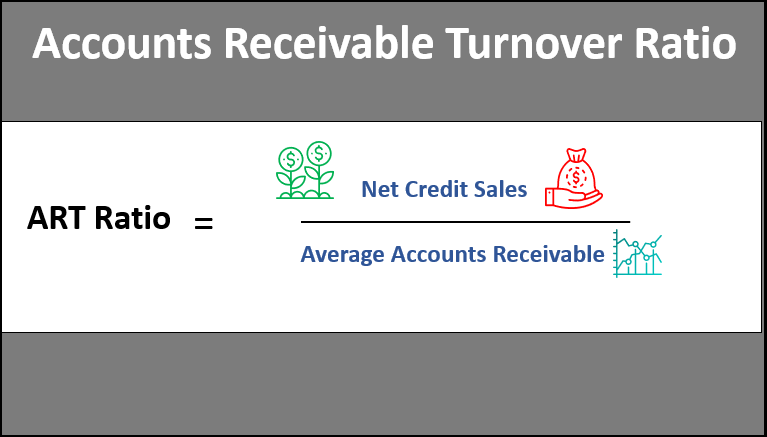

The ratio is compared with others in the industry to measure the performance.Ī high receivables turnover ratio (or a low DSO) generally indicates that the company has good collection. Accounts Receivables Turnover ratio formula can be categorized under the Efficient ratio as it shows How efficient is a business in collecting its receivables. Following is the formula of account receivable turnover ratio: Therefore, to collect credit sales takes time in days approximately 37 days. These ratios are an indicator of how fast or slow the company is collecting its receivables. The RTR (Receivable Turnover Ratio) in days represents the average number of days of time span in which a party may pay the credit sales to the company. Note that if the analyst is particularly interested in how much receivables were outstanding at the end of the financial year, then he will use the closing receivables for the above calculation. This means that on average the company had 36.5 days of sales outstanding at any time. This means that the company collected its receivables 10 times during the year. A DSO of 30 means that on average the company had 30 days worth of sales outstanding (yet to be collected).

A variant of receivables turnover is Days of Sales Outstanding (DSO) or average collection period. It calculates how frequently a company manages its. To calculate the Accounts Receivable Turnover divide the net value of credit sales during a given period by the average accounts receivable during the same period. The receivables turnover ratio measures the number of times the company collected its receivables during a specified period.įor example, a receivables turnover ratio of 10 means that the receivables have been collected 10 times in the specified period, usually a year. The accounts receivable turnover ratio indicates how effectively a business collects credit from its debtors. The receivables turnover ratio is an accounting method used to quantify how effectively a business extends credit and collects debts on that credit. Receivables turnover is an important activity ratio, and provides a measure of how effectively a business is managing its receivables.


 0 kommentar(er)
0 kommentar(er)
